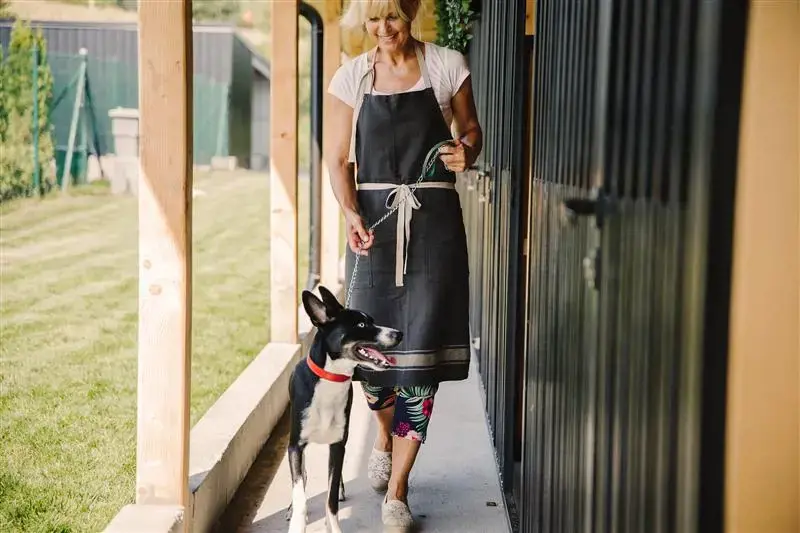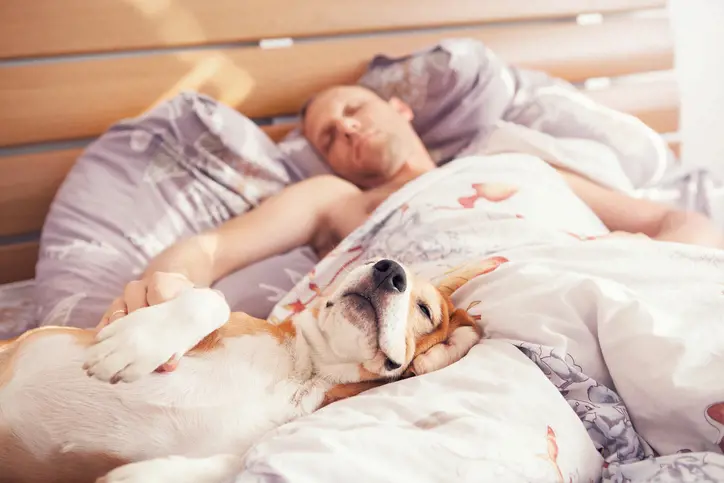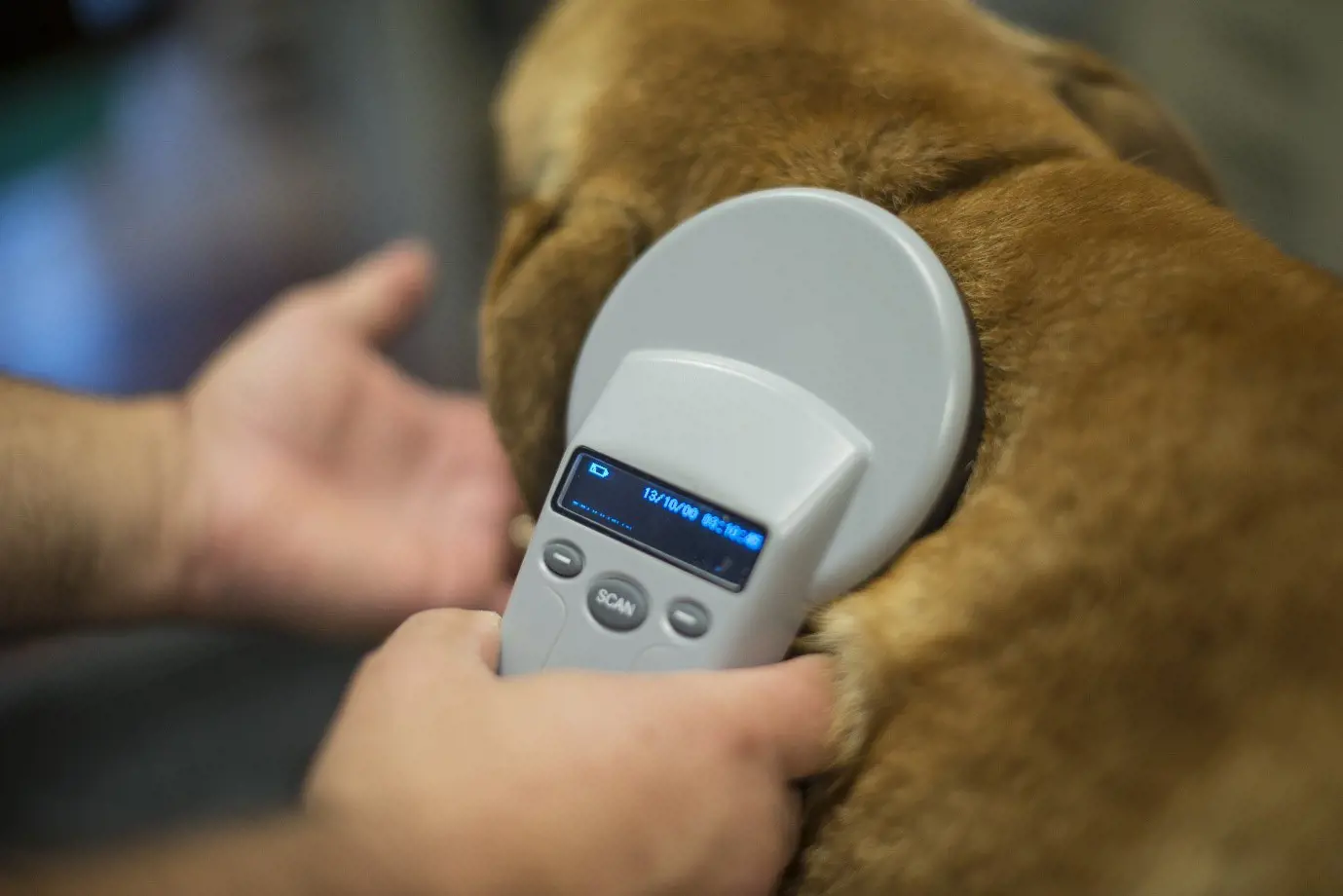Ear cropping in dogs: What you need to know about this worrying trend
7th October, 2021
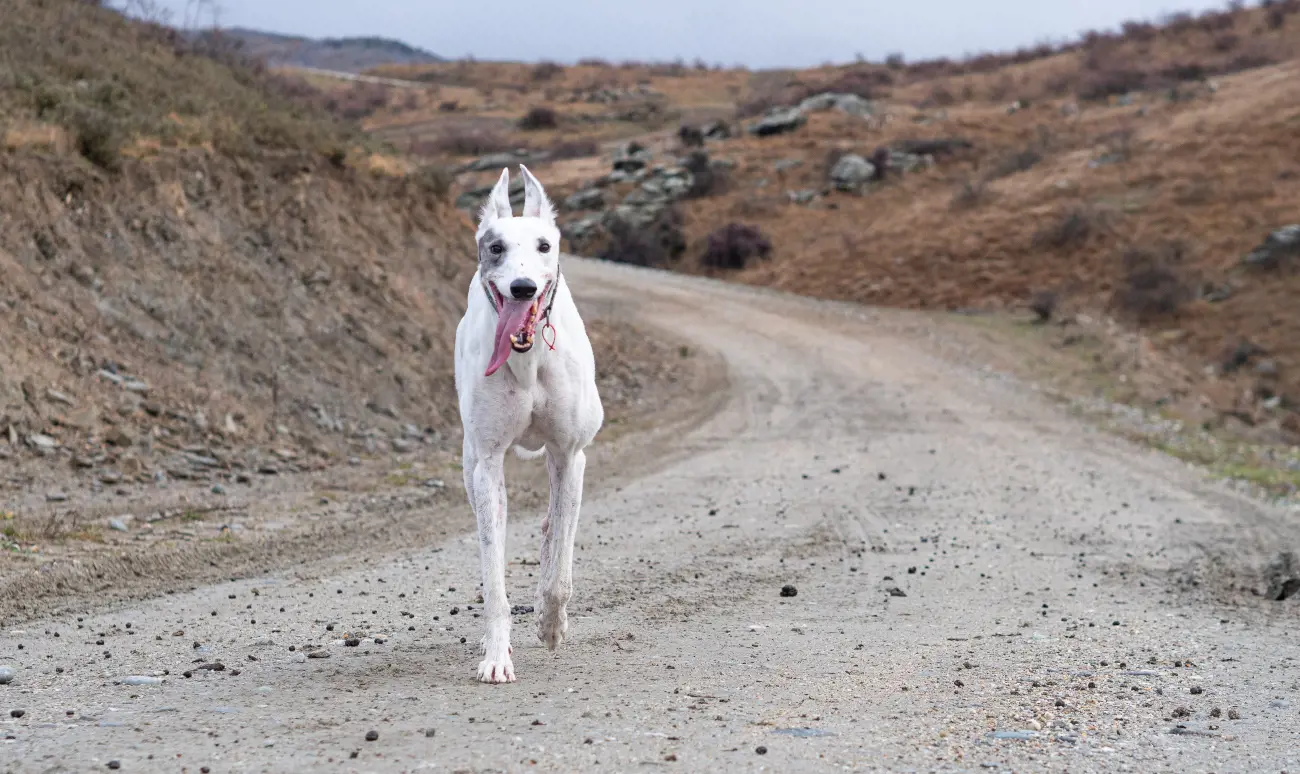
A worrying trend of dogs having their ears ‘cropped’ is being reported in the UK, prompting animal charities to attempt to raise awareness of the cosmetic procedure in order to prevent future harm to other animals.
Reports to the RSPCA of dogs with cropped ears increased from 14 in 2015 to 47 in 2019, and then more than doubled in the following 12 months, to 101 in 2020. That’s a shocking rise of 621%.
Vets reported a similar rise in the number of dogs with cropped ears coming into their practices in 2021, with 61% who have treated an ear-cropped dog saying numbers are up from the previous year, as per a BVA survey given to Sky News.
As the RSPCA stresses, cropping a dog’s ears can leave them with long-term issues including chronic ear infections – not to mention the trauma of having to go through the mutilation in the first place, which can cause them to be “head shy for their whole lives”.
Ear cropping is illegal in the UK, but that fact seems to be doing little to stop this “painful and completely unnecessary” procedure taking place. The RSPCA is now calling for tougher regulations in England and Wales which bans the importation of dogs with cropped ears, which is believed to be how many owners end up with one in their possession – or at least that is what they are told by the breeders.
Ear cropping is most commonly seen in the following breeds:
- Boston Terrier
- Doberman
- Great Dane
- Boxer
- American Bullies (different to bulldogs)
- Mastiffs
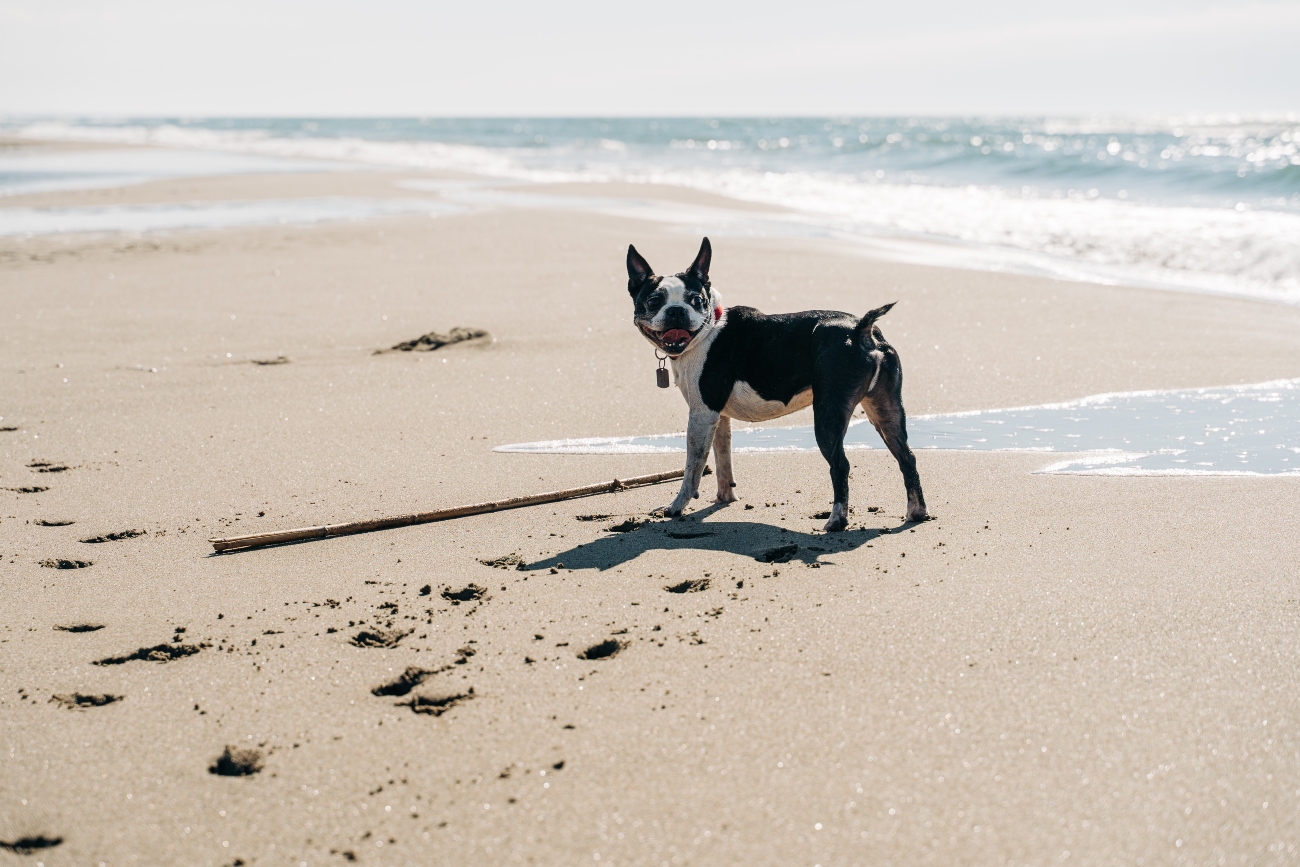
Why has ear cropping become a trend?
Ear cropping involves cutting a dog’s ear lobes away, leaving just stubs. The procedure is usually carried out by unscrupulous breeders when the dog is between 8 and 12 weeks old. They might do it at home, in unsterile conditions, in order to make the dogs they are trying to sell more appealing to prospective owners.
The procedure itself has been described as "barbaric" by the RSPCA, and it’s not hard to understand why. Once the floppy part of a dog’s ear is cut off – often without anaesthesia or pain relief – the remaining stump is attached to a hard surface in a process known as splinting, to ‘shape’ them upright whilst they are healing, the BVA explains.
As you might imagine, this is extremely painful for a dog, as it involves cutting through cartilage. It takes weeks to heal, with regular dressing changes required to ensure that the puppy doesn’t catch an infection. But even daily cleaning of the wound can’t always prevent it becoming infected.
It’s believed that people are putting dogs through this painful procedure in order to make them look more intimidating.
It can only be done for cosmetic reasons, as ear cropping carries no health or welfare benefits – despite what some breeders might protest. In fact, by cropping a dog’s ears, breeders are potentially setting them up for a life of misery, pain and prolonged health issues.
What are the risks involved with ear cropping?
Aside from the risk of infection – which in itself can be fatal for a dog – ear cropping can affect everything from their hearing to the ways in which they communicate with us.
Dogs' ears are not like ours – they can move independently of one another, meaning they can position them in the optimal place depending on where the sound is coming from. The outer ear is built to capture every decibel of sound, which is then funnelled into the ear canal towards the eardrum.
It’s still early days to be able to tell whether ear cropping can affect a dog’s hearing, but it’s entirely possible, suggests the RSPCA.
What we do know is that cropping an ear takes away its full range of movement. And these subtle movements of the ear are all part of a dog’s body language, along with their wagging tail and their bark. As pet owners, it’s crucial that we’re able to understand our dogs, and pick up those subtle cues so we can give them what they need – whether that’s food, shelter, protection or whatever.
The placing of a dog’s ears can help us understand if they’re worried, or happy and relaxed. If they are only left with stumps for ears, it can be more difficult to know how they’re feeling.
The RSPCA reports that some dogs with cropped ears have “demonstrated behavioural problems” due to being unable to communicate with other dogs and humans using their ears as they normally would. Unfortunately, once a dog starts to display behavioural issues, this increases the chance of them being given up for adoption as owners struggle to manage them.
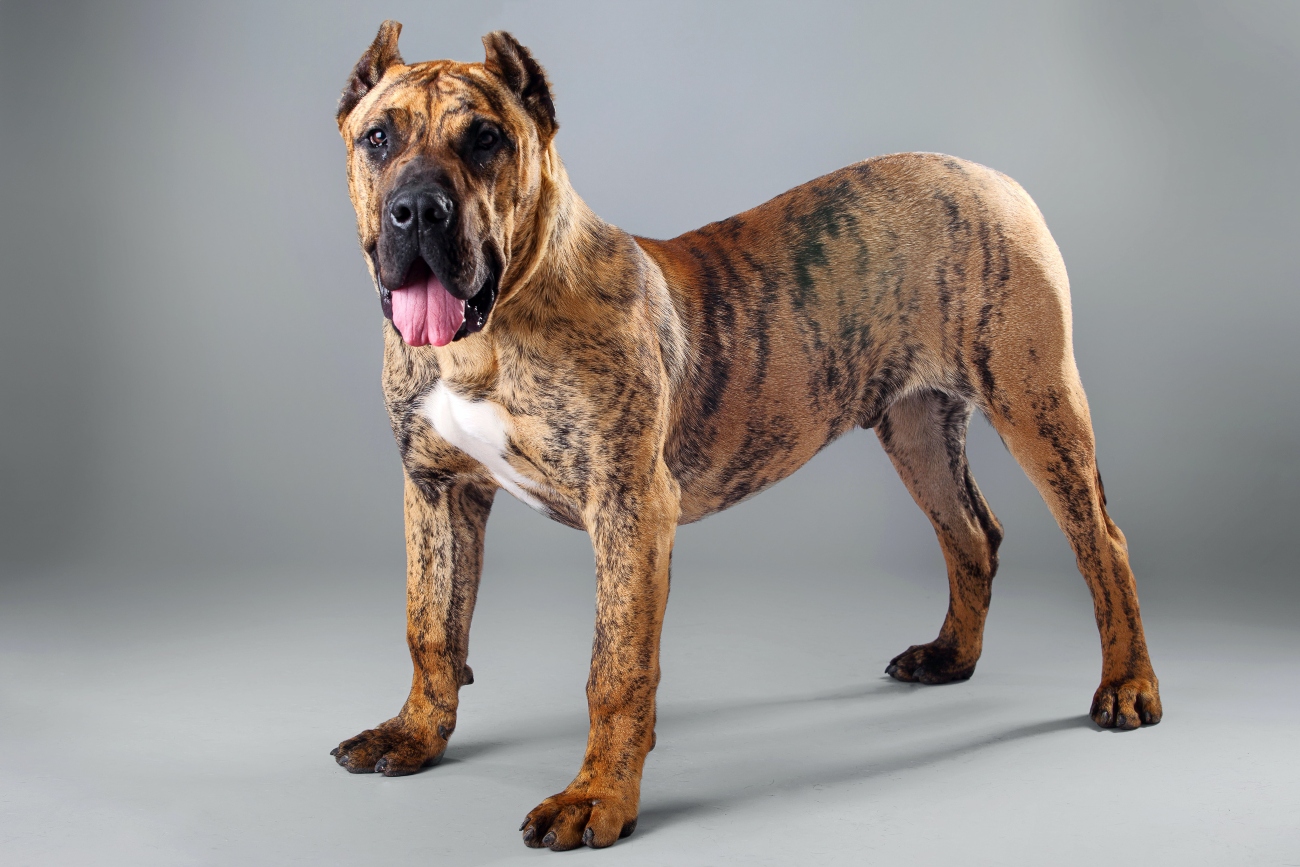
What needs to happen for ear cropping to go out of fashion?
Given the risks ear cropping presents to dogs – plus the cruel nature in which the procedure is often carried out – you might think that, once people know about it, the trend will simply disappear.
However, while most pet owners will be disgusted at the prospect that anybody would want to chop off any part of a dog’s ear, the ear-cropped look is one that is being “normalised’ by images posted by celebrities and influencers of their dogs on social media, says RSPCA spokesperson Amy Ockelford.
Speaking to Sky News, she said: “What is concerning is that a lot of people are sort of endorsing this look and aren't actually realising that what they are sharing is something that is illegal in this country and is a huge welfare concern.”
Footballer Marcus Rashford and Little Mix singer Leigh-Anne Pinnock have all shared images of their dogs with cropped ears.
President of the BVA, James Russell, called upon these celebrities to use their status and platform to make their feelings known that they don’t advocate the trend.
Russell added that while he recognises that “the bond they have to their animals now goes way beyond the shape of their ears”, the aim now is to prevent other animals suffering the same fate.
In response to Sky News’ request for comment, a number of celebrities identified as being owners of ear-cropped dogs stressed that they don’t condone the procedure. A spokesperson for Nicola Adams said that the boxer “would never have chosen to put her dog through any unnecessary procedure”.
The BVA is calling on celebrities to be called out for perpetuating the trend of ear-cropped dogs, urging people to use the hashtag #CutTheCrop in response to any images posted on social media.
Members of the public can also report any suspicions of people carrying out ear cropping or arranging for dogs to be cropped abroad by calling the RSPCA on 0300 1234 999.
Should you rehome an ear-cropped dog?
If you were to come across a dog with cropped ears on your search for a new pet, the RSPCA number above could come in handy. If you suspect a breeder has acted illegally, don’t hesitate to report it.
Meanwhile, if you find an ear-cropped dog in a rescue centre, you need to carefully consider whether it is right for you and your family.
While all dogs deserve a loving home, an ear-cropped dog may come with additional needs and issues. For reasons outlined in this article, they could have some behavioural traits, which require a particular type of home.
It’s important that you take the time to understand all there is to know about the dog and make an informed decision about whether you can provide the right kind of home for them.
For example, you need to factor in that an ear-cropped dog could cost you more in dog insurance, especially if it has caused a chronic condition.
Owning an ear-cropped dog could even impact the way other pet owners see and treat you when you’re out and about. They might have concluded that you are an advocate of the procedure – unaware that you rescued the dog – or assume the dog has a certain character which doesn’t tally with reality.
That’s what the owners of Zeus, an ear-cropped American Bully, have experienced after they rescued him. Speaking to Sky News, they said: “Some people have already made their mind up about Zeus before they meet him. Thankfully, he's none the wiser. He's happy, friendly, playful. He's a special guy. We love him with all our hearts.”
Before buying a rescue dog, you might want to read our article on some of the myths around getting a pup from a rescue centre.

What else do you need to be aware of?
As well as ear cropping, it’s been known for a dog to have its tail ‘docked’ – another banned procedure which carries a penalty of up to two years’ imprisonment and an unlimited fine.
Tail docking, as you might have guessed, involves snipping off the tail of a very young pup with scissors. It’s also possible to wrap the tail with a tight elastic tie so the blood circulation is restricted, which will eventually mean the tail falls off.
Although the discussion around tail docking is a little more open in comparison to ear cropping – with some working dogs still having their tails docked to work in law enforcement and pest control – it should never be carried out purely for cosmetic reasons.
There might be an occasion when a dog’s tail will need to be removed for therapeutic reasons, but this advice will have to come from a vet who will perform the procedure in a safe and controlled way. In which case, you will want to ensure you have comprehensive dog insurance to cover any costs of surgery.
But just as they do with their ears, dogs use their tails as a form of expression and therefore docking limits their ability to communicate with humans and other animals. So, tail docking should be considered a last resort, and only at the judgement of a professional vet.
How can you ensure your dog comes from a reputable breeder?
Sadly, buying a pup isn’t as straightforward as it once was. Some breeders are not interested in doing right by the dogs they’re breeding and are only interested in profit – animal welfare is barely given a thought.
As a responsible pet buyer, we know the last thing you want to do is end up buying from one of these breeders who think nothing of cropping a dog’s ears or docking their tail, if it makes selling them more attractive.
It’s not always easy to distinguish between a reputable breeder and an unscrupulous one. However, there are certain tell-tale signs that you can spot to ensure your dog is sourced responsibly.
It’s all about doing your research, asking the right questions and listening to your intuition. If there are some red flags, don’t proceed with the sale. Although you might feel it is harsh on the dog, the fact of the matter is the pup could end up arriving with all kinds of health and behaviour issues.
Make sure you’ve read our guide on how to buy a puppy responsibly before making a decision.
Dog insurance from Purely Pets
If you end up taking ownership of a dog with cropped ears, perhaps having rescued it from an approved centre, you will need to ensure they are covered with suitable dog insurance.
It’s true of any dog – but especially when they’ve been through a trauma like having their ears cropped – you just don’t know what conditions they might develop, which could require specialist treatment.
Lifetime dog insurance will provide you with cover for the duration of your dog’s life. With 15 levels of cover, the specialist team at Purely Pets has designed a range of policies suitable for a wide range ofand budgets. Vets’ fees are covered up to £15,000 and cover for loss by theft or straying is included, too.
Here are some more reasons to choose Purely Pets:
- 24-Hour Vet Helpline
- No upper age limit
- Online claims
Finding a policy to suit your needs and budget couldn’t be simpler with Purely Pets.
Get a quote for pet cover today.
Policy benefits, features and discounts offered may very between insurance schemes or cover selected and are subject to underwriting criteria. Information contained within this article is accurate at the time of publishing but may be subject to change.
Helpful Pages
Recent Posts
Pet Insurance Quote
- 98% claims paid *
- Claims paid directly to vets
- 24/7 vet video consultations
- Interest free monthly payments

